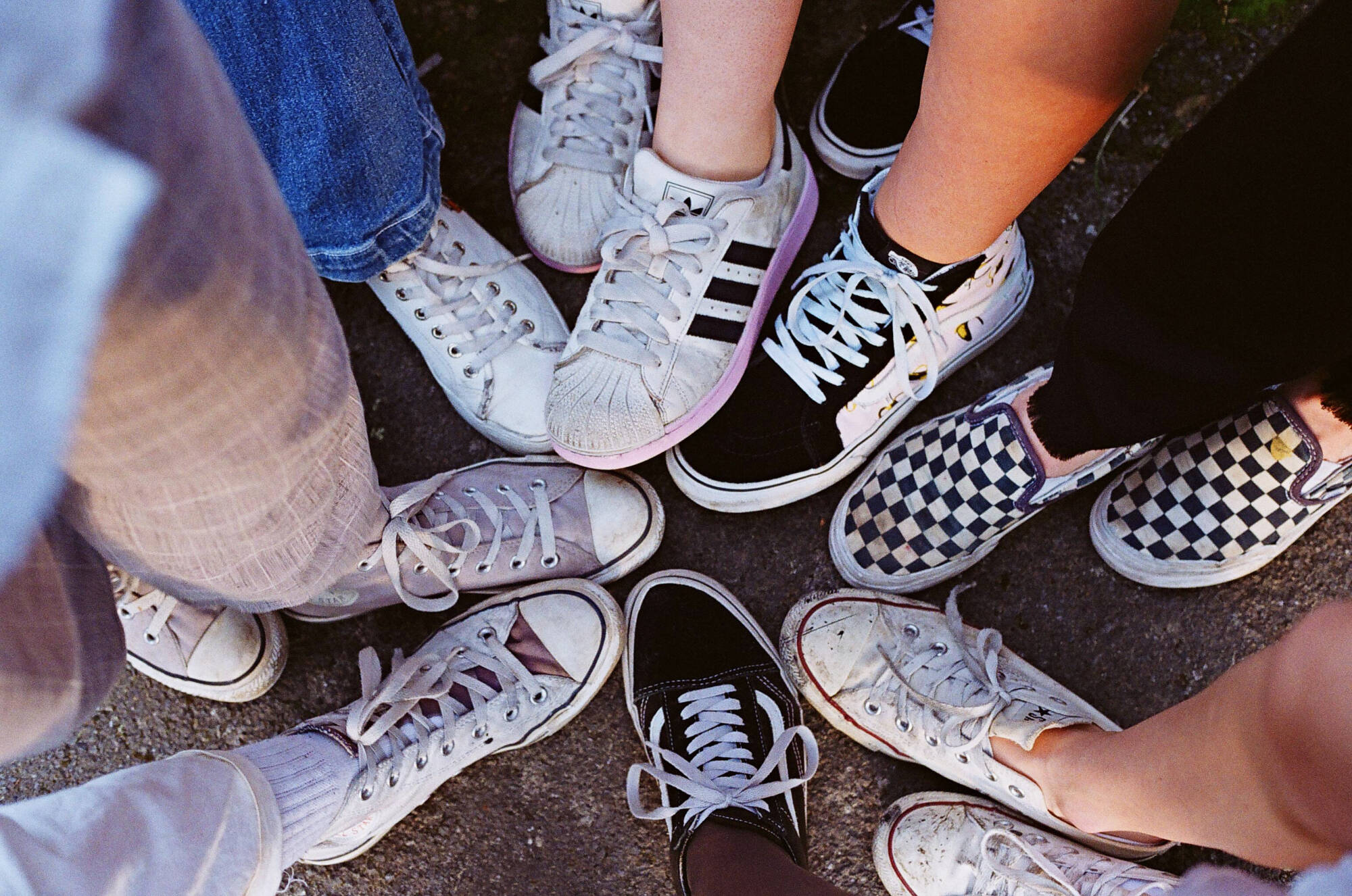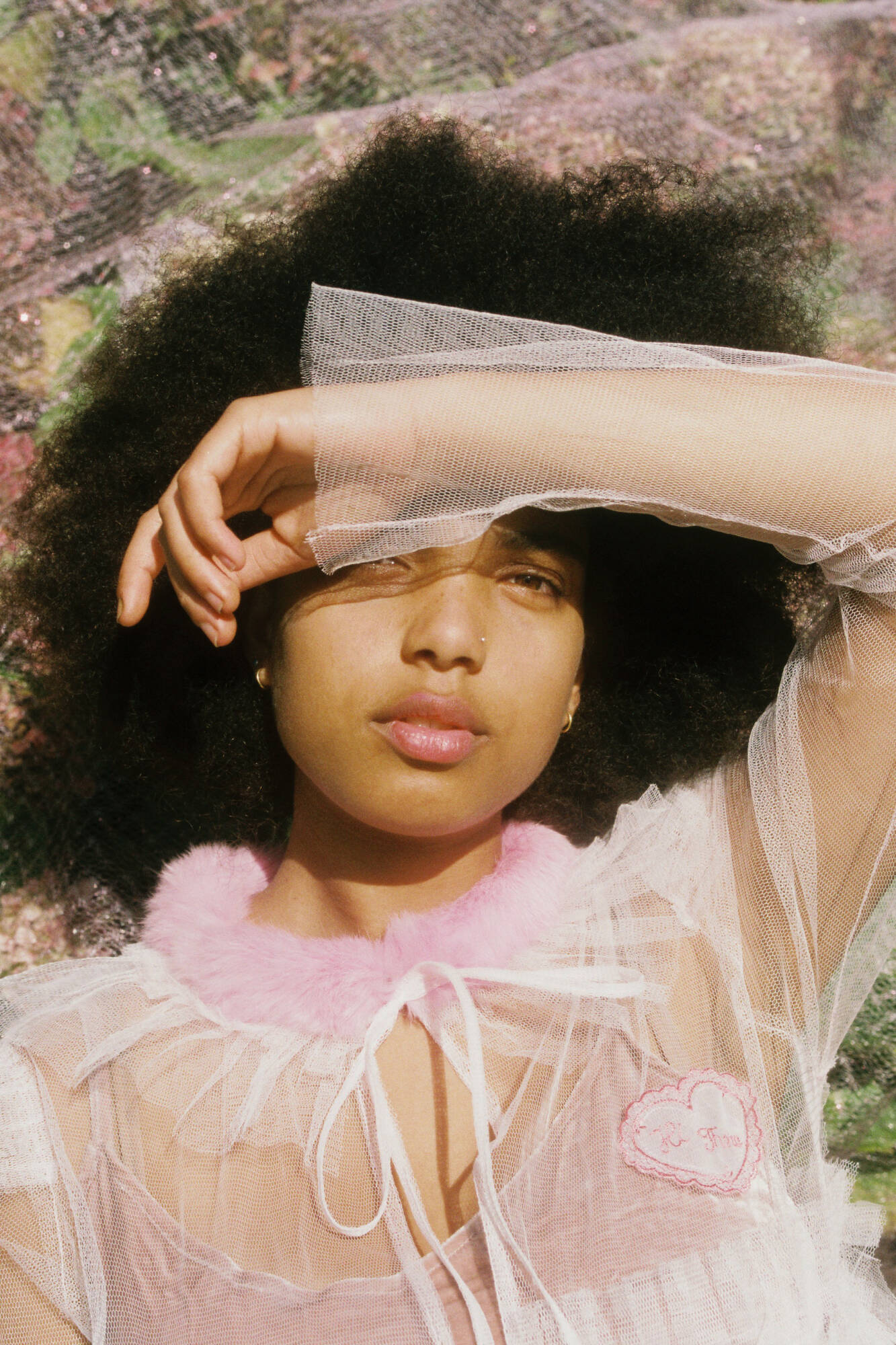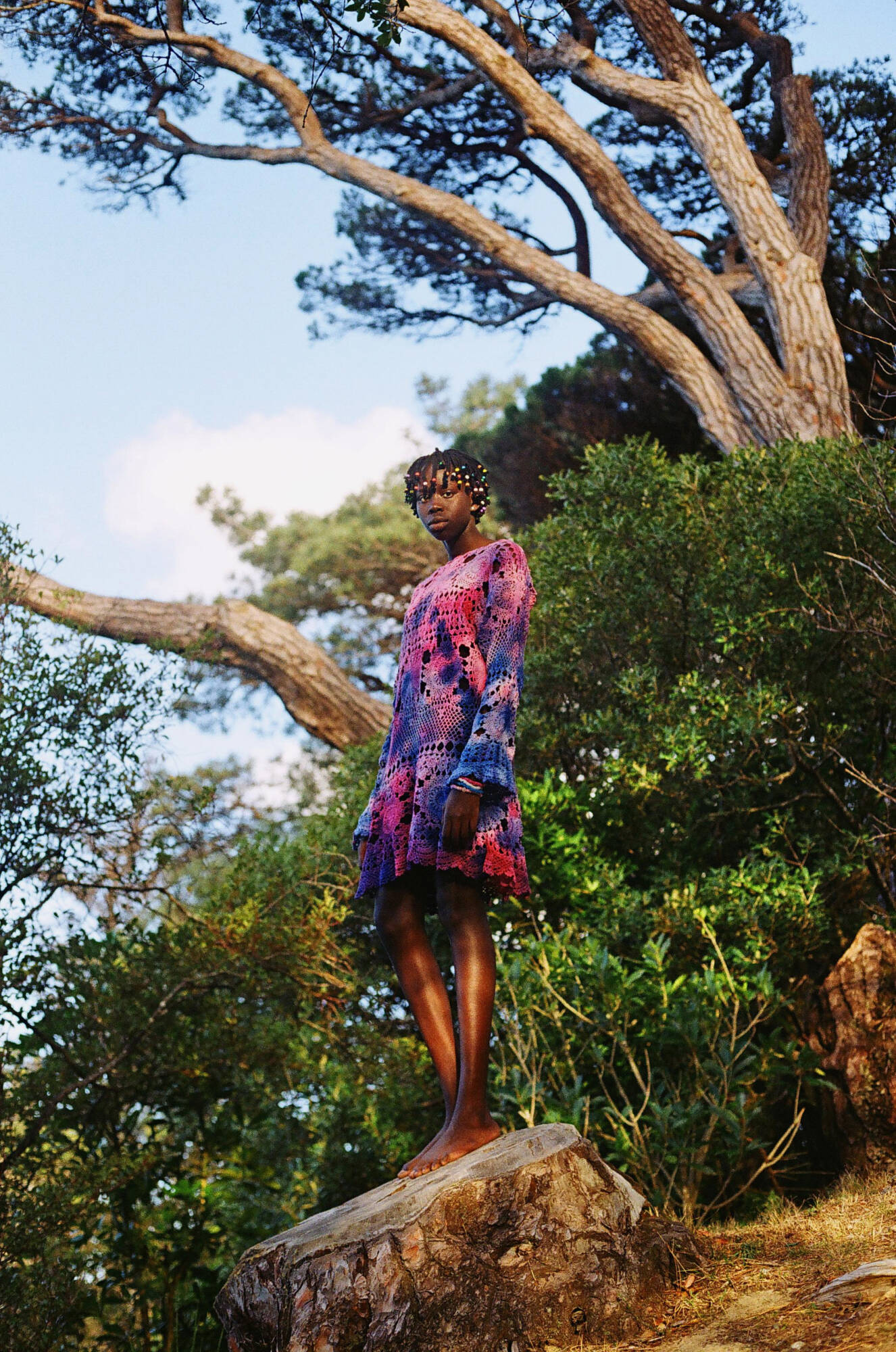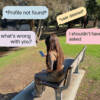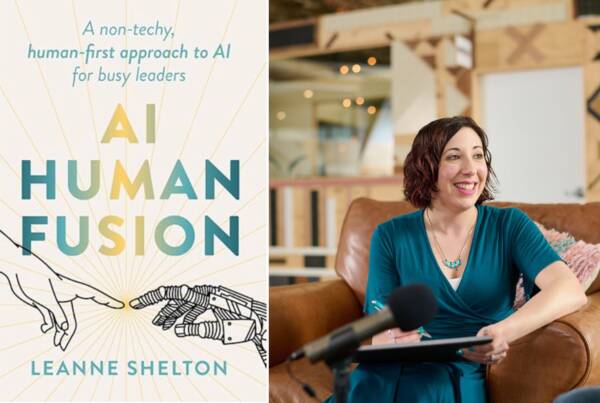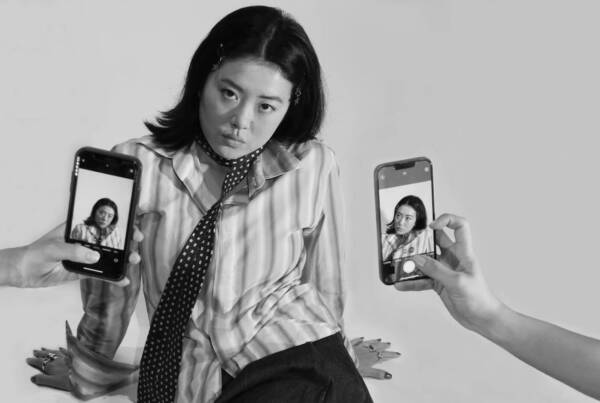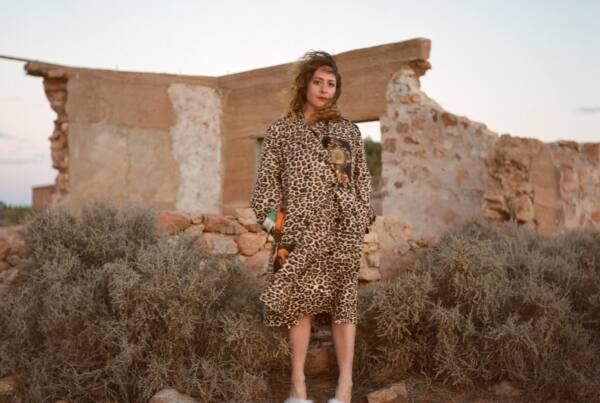Interview of Evangeline Davis by Aimee Green // I think it comes down to how explicit the image is – for example, people react differently and it is seen to be much more taboo to see physical blood and bodily fluids rather than representations of it with fruit or glitter.
Interview of Evangeline Davis by Aimee Green
Hi Evangeline! Recently I’ve been watching VICELAND’s Needles & Pins with tattooist Grace Neutral, and Grace discusses how Tattooing has very much lost its status as a rebellious, outcasting act. Instead body alterations such as scarification and tongue slits are gaining underground popularity. Photographic Images of period blood, pubic hair, nipples, female masturbation and discharge taken by artists like Arvida Bystrom, Rupi Kaur, Petra Collins, Corrine Day (and also yourself) have popularised such imagery within the artistic community. What do you think is the new ‘scarification’ level on taboo within the photographic community? or are we still only just breaching the acceptability of period pics?
I think it comes down to how explicit the image is – for example, people react differently and it is seen to be much more taboo to see physical blood and bodily fluids rather than representations of it with fruit or glitter. Imagery is a powerful way to communicate ideas that create discussion around intersectionality, feminism and politics, so the less we shy away from the truth the easier it is to break cultural norms.
Girlhood (with all it’s stickers, bangles, pimples and lumps) has a trendy aesthetic, but one which undoubtedly toys with sexual undertones. Vladimir Nabokov’s ‘Lolita’ for instance. With Girlhood straddling both the years before, and during, puberty, sex and sexuality is naturally going to be explored both within the girls and within the images itself. Do you think society has moved past the eras of ‘slut’ shaming girls who expose their skin, their relationships and themselves?
No. Rape culture is very real and victim blaming is immeasurable. Sadly it’s a term expressed by both sexes.
Donald Trump has been elected president by a large portion of the American public. What messages do you wish your work to project in a climate where woman are (once again, as always) seen as pussies to grab (Donald Trump, 2011)?
That we are more than our bodies and that our viewing need not be framed by consumerism, convention or the male gaze!
How has being a female, who is a feminist, affected your career so far? Has your head hit any glass ceilings?*
*The invisible barrier that stops minorities and woman from climbing in the corporate ladder no matter their successes or qualifications.
Fortunately, I have a career that allows me to be my own boss. That being said -from time to time I am talked down to and not taken seriously by the older men handling my film. *Sighs*.
Your Instagram (@madamevangeline) sporadically features a few of them, but ultimately it’s female dominated. Is documenting boys in boyhood next? and if not, why not?
Yes, absolutely! Perhaps not boyhood per se, but I’d like to explore femininity within each gender.
Touchy* won ‘NZ Photobook of the Year’ 2016 (congratulations girl!). What tracks would you recommend the Ramona girls to listen too as they flick through it?
*Available at Massey University CoCA Library & Auckland University Library.
Inspired and Fweaky by Miley Cyrus, Perfect Places by Lorde, Needed Me by Rihanna, Sandcastles by Beyoncé, Mad by Solange (ft. Lil Wayne) and No Scrubs by TLC.
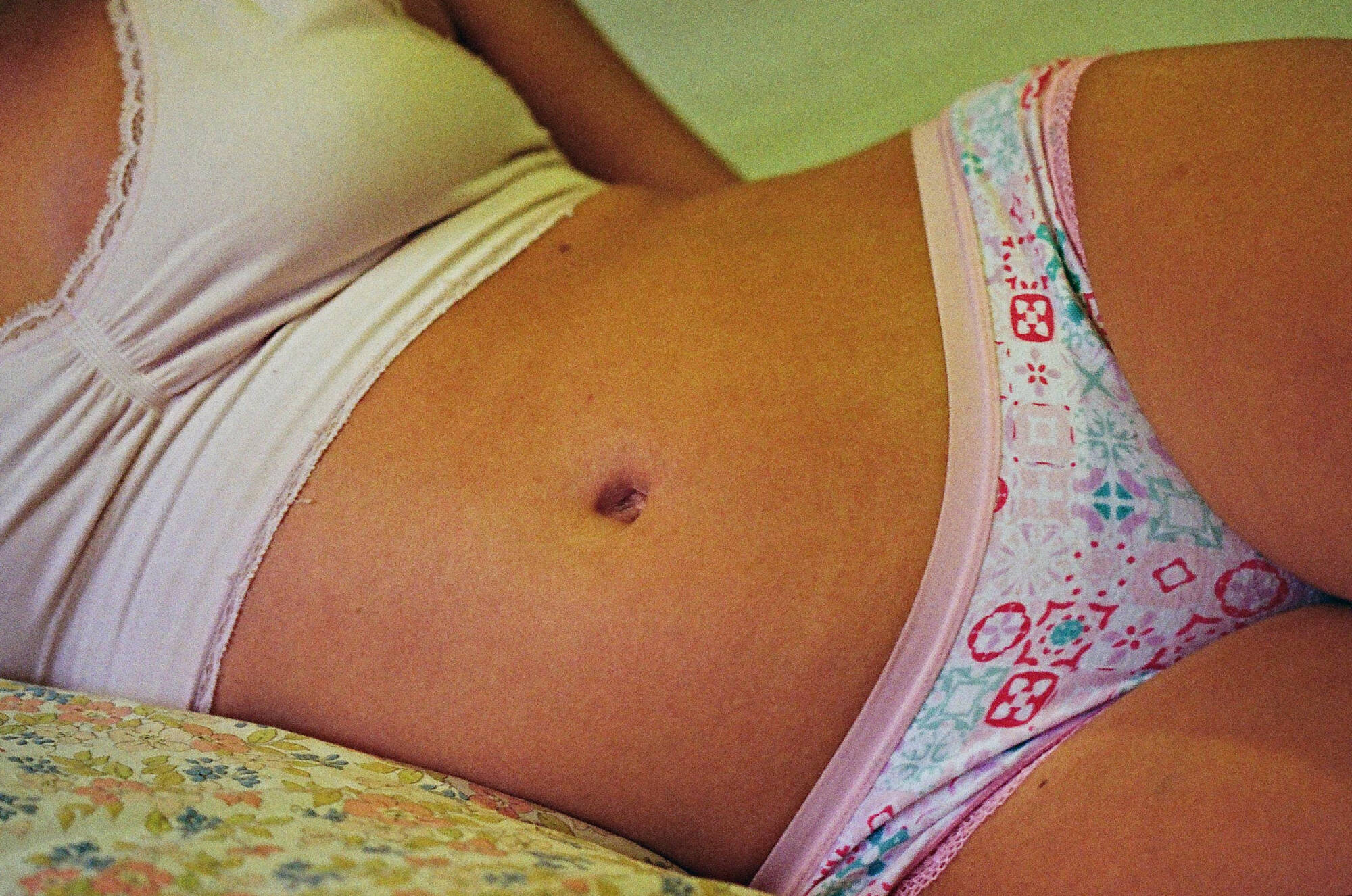
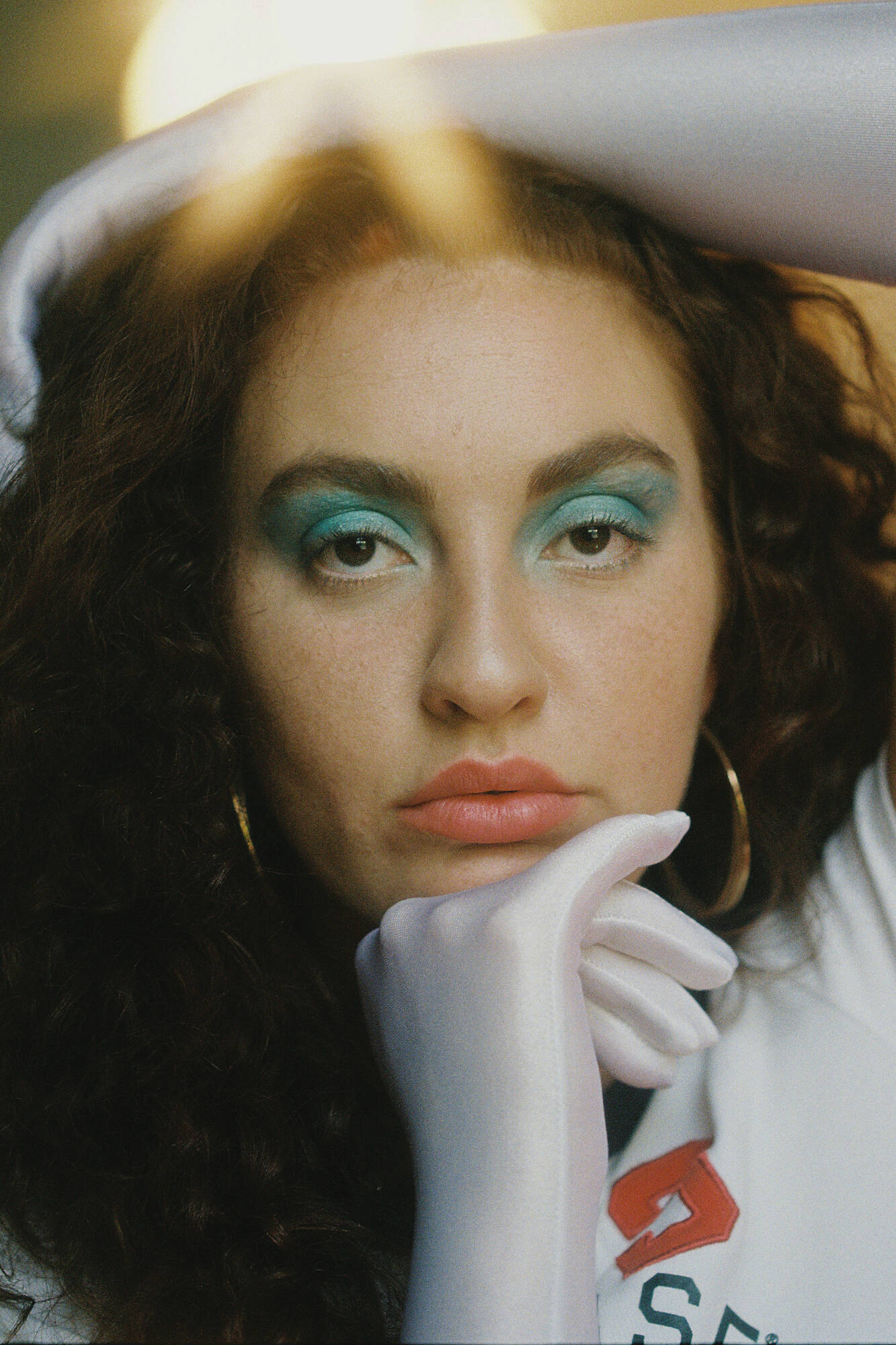 Find Evangeline Davis on her website.
Find Evangeline Davis on her website.


